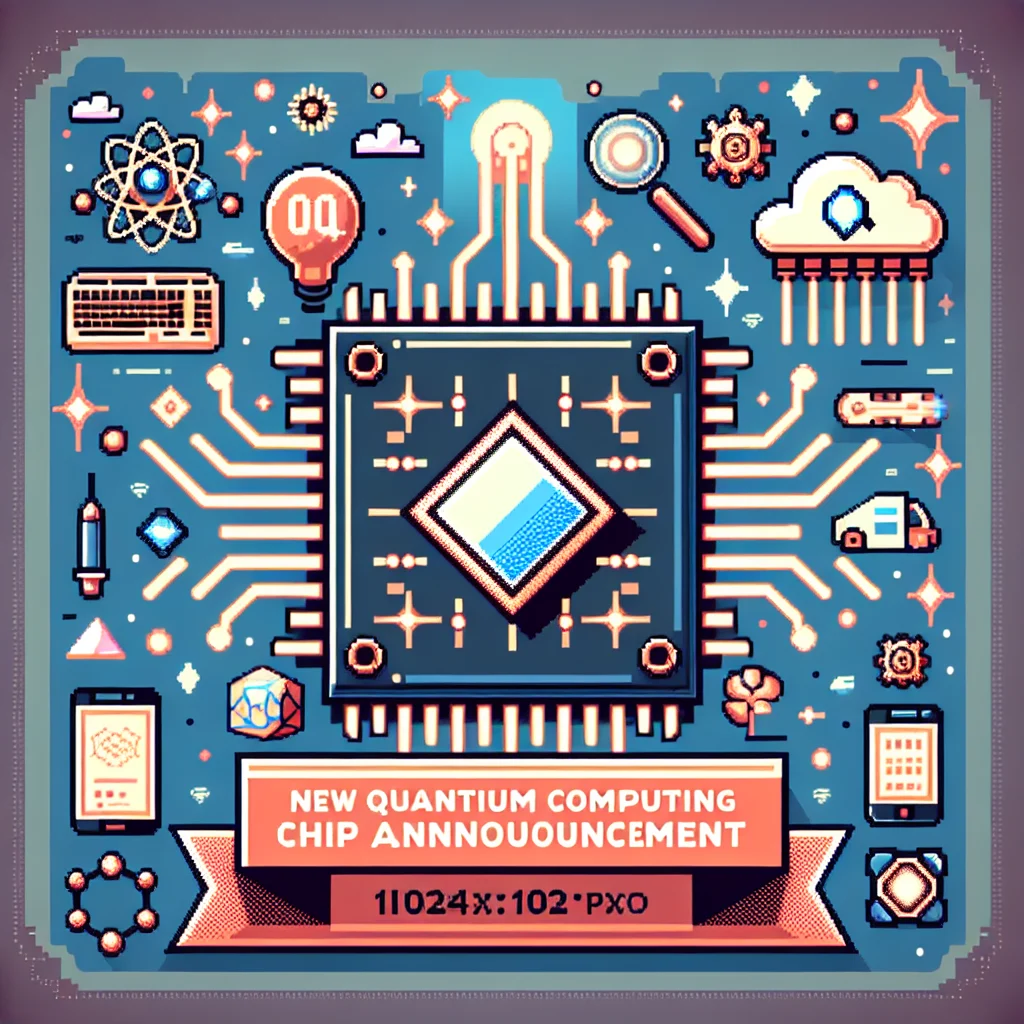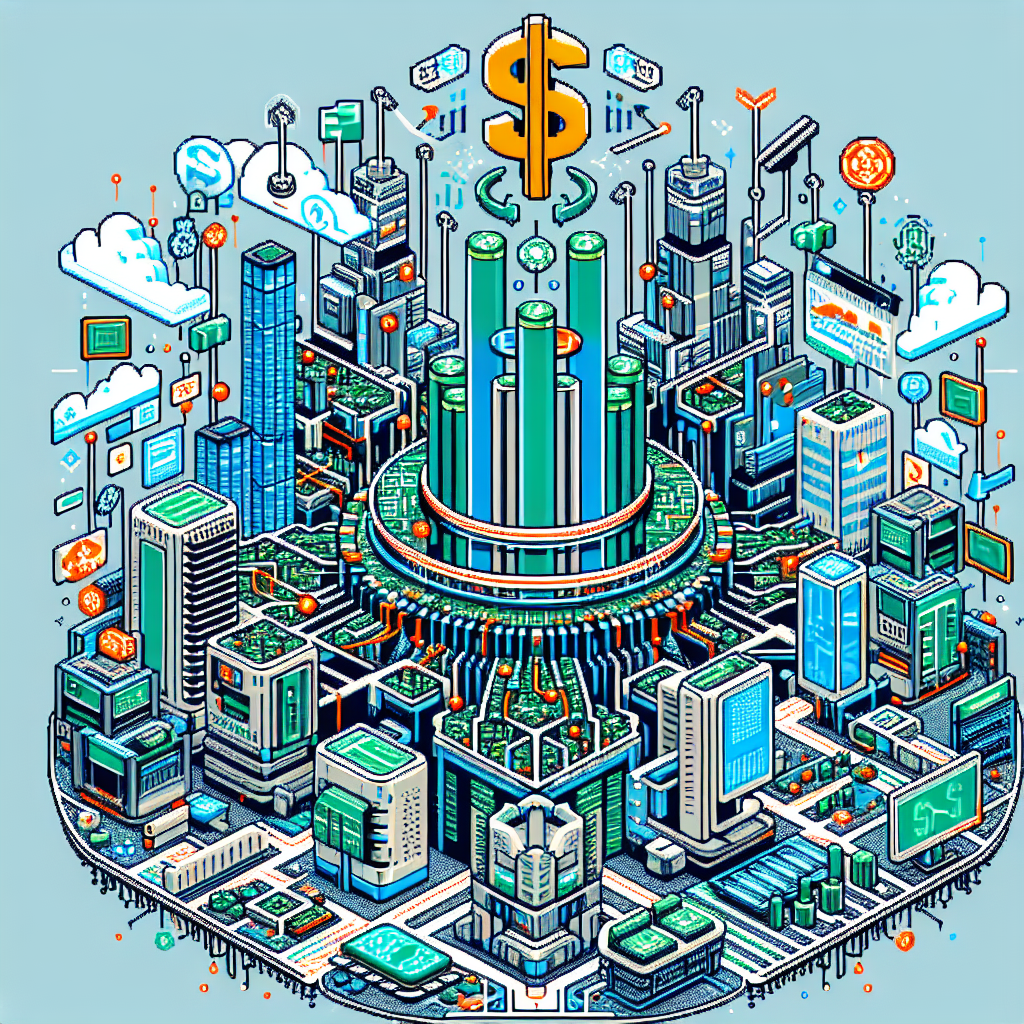Creator’s Voice blog: Hidetaka Miyazaki on The Duskbloods (part 1) - Nintendo | Analysis by Brian Moineau
Unlocking the Mysteries of The Duskbloods: A Journey with Hidetaka Miyazaki
In the vast universe of video games, few names resonate with the same reverence as Hidetaka Miyazaki. The creative mind behind FromSoftware, Miyazaki has an uncanny knack for weaving complex worlds that captivate and challenge players in equal measure. His latest venture, "The Duskbloods," promises to be no different. In the first part of a revealing blog series, Miyazaki offers a tantalizing glimpse into this mysterious new realm.
The Art of Storytelling
Miyazaki, known for his intricate storytelling and deeply immersive environments, has once again crafted a narrative that beckons players into a dark, yet fascinating world. "The Duskbloods" is set to explore themes of superhuman abilities and opportunistic behaviors, as detailed in the upcoming parts of the blog. This mirrors the complexity and depth found in his previous works like "Dark Souls" and "Bloodborne," where players were invited to piece together fragmented stories from cryptic clues scattered throughout the game.
A Broader Context
Miyazaki's focus on the human condition—our desires, fears, and the consequences of our actions—resonates beyond the gaming sphere, echoing current global conversations about technology's impact on human behavior. As AI and machine learning advance, questions about what it means to be human and how technology alters our nature are more pertinent than ever. Miyazaki's exploration of these themes through "The Duskbloods" feels especially timely.
Hidetaka Miyazaki: The Man Behind the Magic
Miyazaki's journey to becoming one of the most respected figures in the gaming industry is as compelling as the stories he creates. Initially starting his career in a different field, he was inspired to join the gaming world after playing "Ico," a game renowned for its minimalist storytelling and atmospheric design. This inspiration is evident in Miyazaki's work, where he often prioritizes mood and atmosphere over explicit narrative.
His approach has garnered a dedicated fanbase and critical acclaim, but it's his humility and dedication to his craft that truly stand out. Miyazaki's philosophy is not just about creating games but about crafting experiences that challenge players both intellectually and emotionally.
Connecting the Dots
"The Duskbloods" isn't just another game; it's a testament to Miyazaki's continued exploration of the human psyche and our place in a rapidly evolving world. As we await the next installments of the blog, it's worth considering how these digital narratives reflect our societal narratives. In a world increasingly dominated by screens and virtual interactions, Miyazaki's work challenges us to reflect on our choices and the roles we play in our own stories.
Final Thoughts
As we delve into the world of "The Duskbloods," we are reminded of the power of storytelling in digital form. Hidetaka Miyazaki's latest project promises to be another masterpiece that blurs the lines between reality and fiction, challenging players to not only survive but to ponder the deeper questions of existence. As we await further insights from Miyazaki, let us embrace the opportunity to explore new worlds and, perhaps, discover something new about ourselves along the way.
For a deeper dive into Miyazaki's creative process and the inspirations behind "The Duskbloods," check out the full blog series [here](
).
Read more about AI in Business




